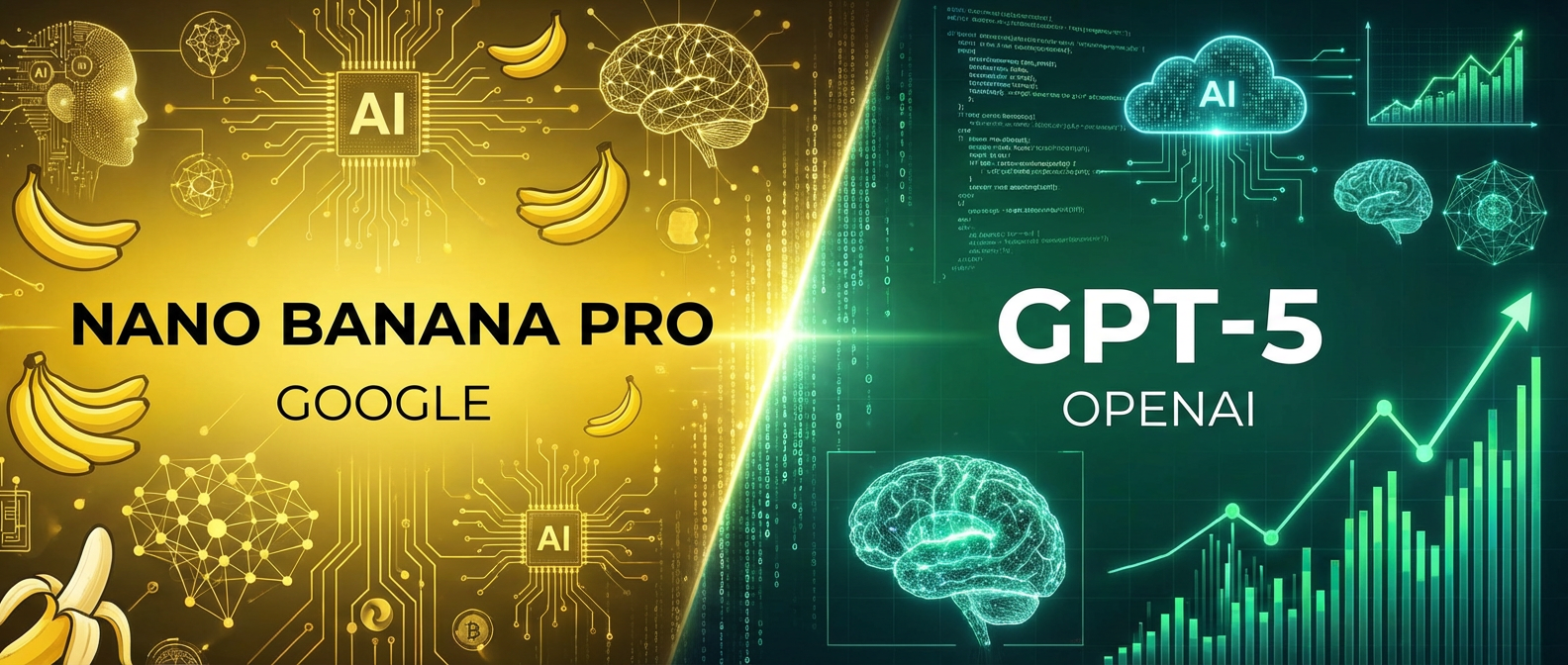Microsoft Research team introduced VASA-1, a groundbreaking AI content generation model that turns static photos into dynamic videos using an audio clip. This audio-driven, generative AI model does more than just mimic speech audio. It can create a full range of facial expressions and natural head movements, making the videos impressively realistic.
Model Capabilities
Microsoft vasa-1 can turn a single image into a dynamic video, demonstrating its versatility and power.
It produces 512 x 512 pixel videos at up to 40 frames per second.
It allows real-time video creation without delays, giving users creative freedom. Users can change the gaze direction, head proximity, and displayed emotions, creating talking faces that enhance the realism.
AI is able to handle different content types, including artistic images, songs, and multilingual audio, showcasing its advanced self-learning capabilities.
The model can generate lifelike avatars from a single photo and an audio clip, highlighting its innovative approach to video creation.

Video Examples
How could we go without examples of generated videos! Watch this video, which not only shows examples of generated clips but also explains in detail why the quality of this model can truly be considered very high.
You can also find a large number of video examples on the official press release page.
How to Use VASA-1 Now – Is It Possible Or Not?
Despite its potential, Microsoft is cautious about its ability to create deepfakes and has no plans for a public release. Instead, they plan to use this technology for developing interactive virtual characters and improving deepfake detection tools, showing their commitment to responsible AI development.
What developers say:
While acknowledging the possibility of misuse, it's imperative to recognize the substantial positive potential of our technique. The benefits – ranging from enhancing educational equity, improving accessibility for individuals with communication challenges, and offering companionship or therapeutic support to those in need – underscore the importance of our research and other related explorations. We are dedicated to developing AI responsibly, with the goal of advancing human well-being.
We have no plans to release an online demo, API, product, additional implementation details, or any related offerings until we are certain that the technology will be used responsibly and in accordance with proper regulations.
Key Questions and Answers
What is VASA-1? It is image-to-video AI model from Microsoft that turns a static image into a dynamic video using audio, creating realistic facial expressions and movements.
How does it work? The model uses advanced machine learning to animate a photo and an audio with facial expressions and movements that match the audio. It also includes lip syncing to ensure accurate speech representation.
What are the potential uses of the new model? It can create virtual characters, enhance virtual reality communication, produce animated educational content, and help detect deepfake videos.
What are the challenges? The main issues are the potential for misuse in creating deepfakes, ethical concerns about realistic representations without consent, and the risk to privacy.
Advantages and Disadvantages
Advantages:
Enhanced Realism: Creates realistic videos useful in entertainment, education, and customer service.
Fast Video Creation: It generates videos instantly, ideal for interactive uses.
Creative Control: Users can customize video features, enhancing personalization.
Disadvantages:
Risk of Deepfakes: Its realism could be misused to create convincing deepfake videos.
Ethical Concerns: Issues about portraying people without permission and affecting privacy.
Limited Accessibility: Microsoft's choice to restrict public access limits the exploration of its positive applications.
Microsoft highlights the dual aspects of advanced AI: its potential for innovative content creation and the need to carefully manage ethical and misuse risks. The team is committed to using the new text-to-video model responsibly, emphasizing their leadership in responsible AI development and use.
Will VASA Be Available In Writingmate AI?
At Writingmate, we pride ourselves on supporting an extensive range of over 30 diverse AI models including GPT-4, Gemini Pro 1.5, Claude 3 Opus, Llama 3, Mistral, Groq, and others, continuously expanding our offerings to include the most notable new entries in the market. Our commitment to staying ahead is demonstrated by our ability to integrate new large language models (LLMs) into the Writingmate model list within just 1-2 days, a pace much faster than our competitors.
Microsoft's new video model will be added to our platform shortly after it becomes publicly available. We encourage our users to stay tuned for updates and be among the first to experience the latest advancements in AI technology at Writingmate.
Read More Articles by Writingmate
GPT-5 Overview and Release Date
AI That Searches the Internet – An Up-to-Date List
Gemini 1.5 Pro, GPT-4, Mixtral, DBRX Instruct - Comparing AI Models in Writing Code and Vision
Written by
Artem Vysotsky
Ex-Staff Engineer at Meta. Building the technical foundation to make AI accessible to everyone.
Reviewed by
Sergey Vysotsky
Ex-Chief Editor / PM at Mosaic. Passionate about making AI accessible and affordable for everyone.



